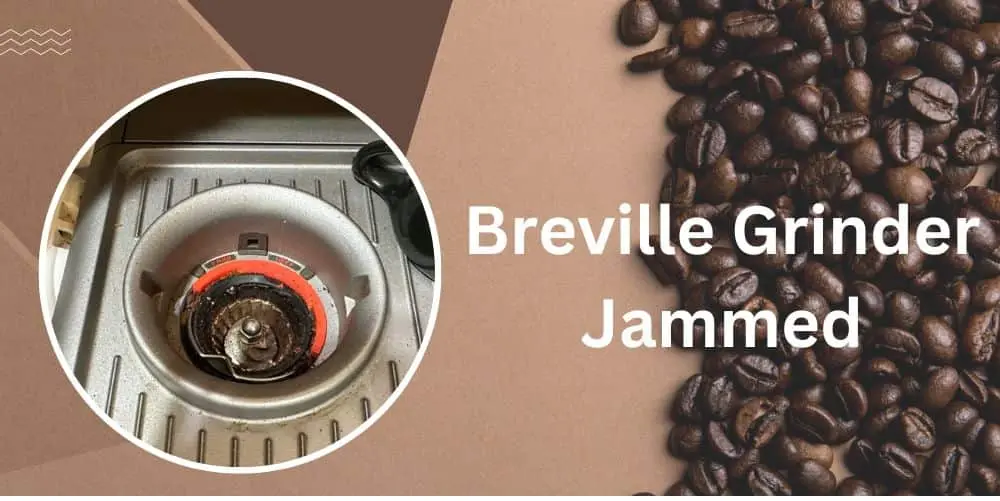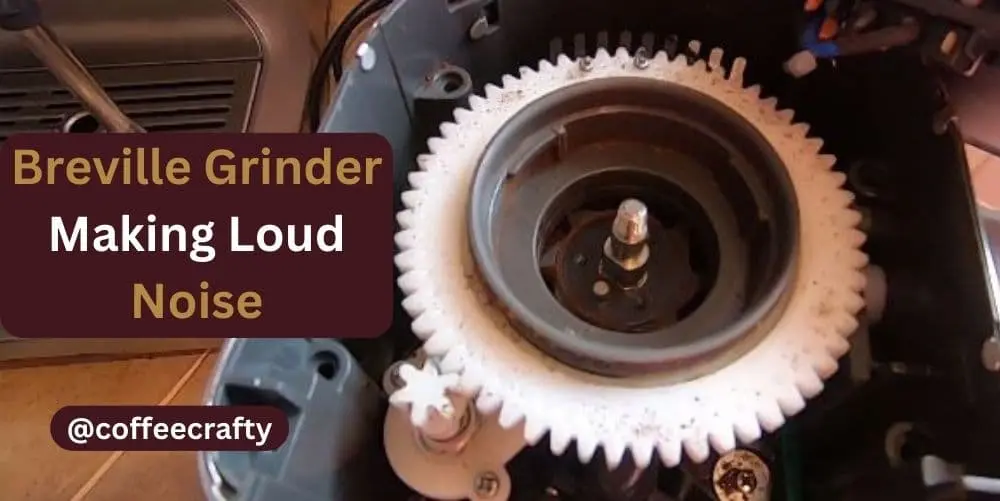10 Mistakes Most People Make When Using a Coffee Grinder

Grinding coffee beans correctly is essential for a perfect brew. Many coffee enthusiasts invest in high-quality grinders but often misuse them. Mistakes like using the wrong grind size or neglecting regular cleaning can ruin the coffee experience. Consistent grind sizes ensure even extraction, while a clean grinder prevents stale flavors.
Let’s explore the most frequent mistakes people make when using a coffee grinder and how to avoid them for a superior coffee experience.
1. Not Matching Your Grind Size To The Right Brewing Method
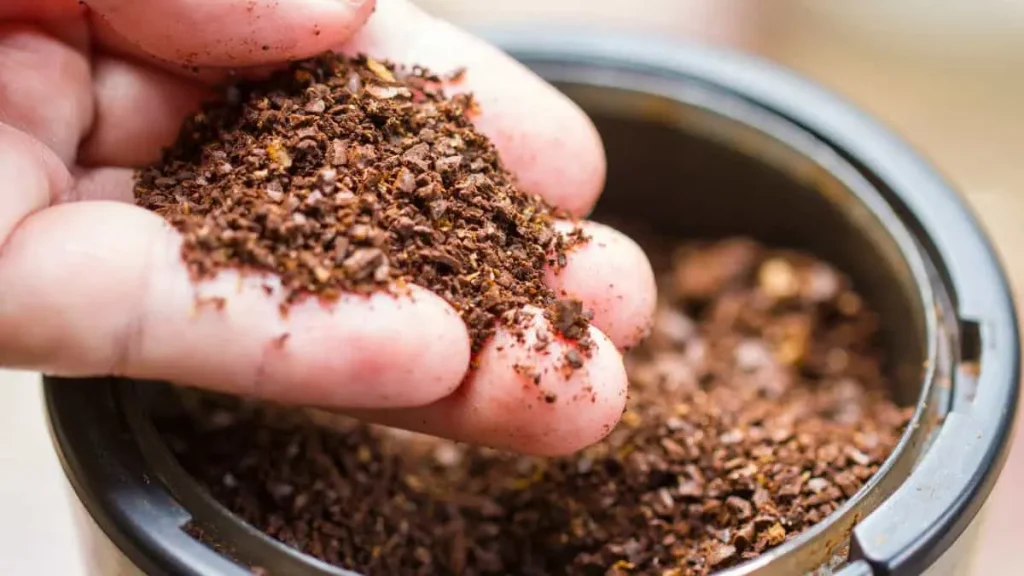
Matching your grind size to the appropriate brewing method is crucial for achieving the best coffee flavor. Different brewing methods require different grind sizes; for instance, espresso calls for a fine grind, while a French press needs a coarse grind.
Using the wrong grind size can lead to over-extraction or under-extraction, resulting in a bitter or weak cup of coffee. Ensuring your grinder is set correctly can significantly improve the taste and quality of your brew. Many coffee enthusiasts overlook this simple yet vital aspect, leading to disappointing results.
Always check the recommended grind size for your chosen brewing method to enhance your coffee experience.
2. Failing To Dial In Your Coffee Grinder Settings
Many coffee enthusiasts neglect the importance of properly adjusting their coffee grinder settings. The grind size significantly impacts the flavor and texture of your coffee, and using the wrong setting can lead to a disappointing brew. Fine-tuning your grinder ensures you extract the optimal flavors from your beans, whether you’re brewing espresso, drip coffee, or French press.
Consistency is key; regularly check and adjust your grinder settings to match the type of beans and brewing method you are using. Pay attention to the freshness of your beans, as older beans may require different settings than freshly roasted ones.
Understanding the relationship between grind size and brewing time can elevate your coffee experience, transforming a simple cup into a rich, flavorful delight.
3. Using A Blade Grinder For Ground Coffee
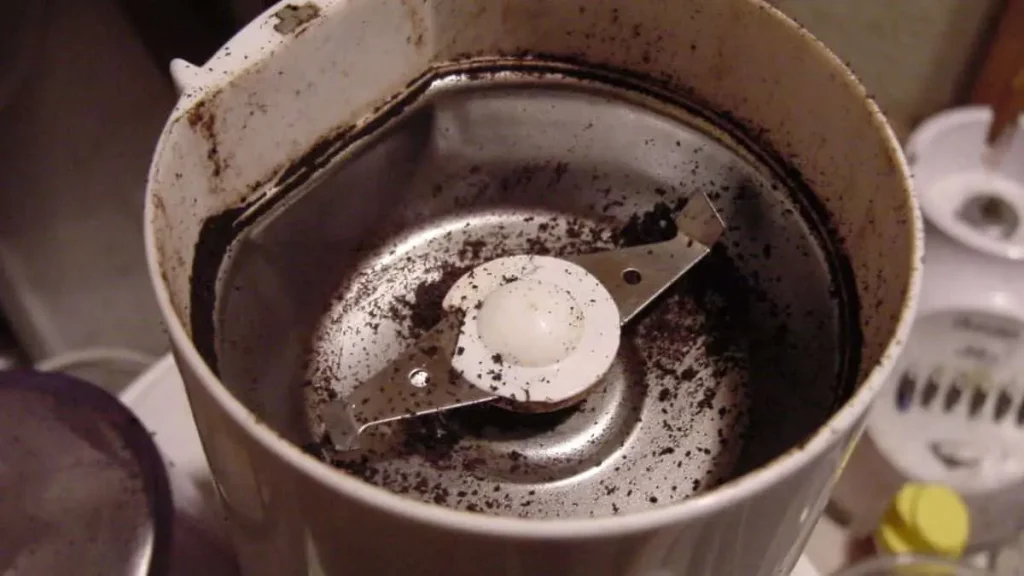
Many coffee enthusiasts mistakenly opt for a blade grinder when preparing ground coffee, not realizing it can lead to uneven particle sizes. Uneven grounds result in inconsistent extraction, which impacts the flavor profile of the coffee, often making it taste bitter or sour.
Blade grinders chop the beans irregularly, creating a mix of fine powder and larger chunks that don’t brew evenly. Investing in a burr grinder ensures a more uniform grind size, allowing for better control over the brewing process.
For a deeper dive into the differences between burr and blade grinders, check out our detailed comparison of Burr Grinder Vs. Blade Grinder. Discover the pros and cons of each to make an informed choice and elevate your coffee game!
4. Pre-grinding Your Coffee Beans
Pre-grinding your coffee beans is a common mistake that can significantly impact the flavor and aroma of your coffee. Freshly ground beans provide a richer and more robust taste compared to those that have been pre-ground and stored. The grinding process releases the coffee’s essential oils, which begin to degrade almost immediately when exposed to air.
As a result, pre-ground coffee often lacks the vibrant flavors and complexities found in freshly ground beans. For the best results, grind your coffee beans just before brewing to ensure you capture the full spectrum of flavors. This simple adjustment can elevate your coffee experience, making each cup more enjoyable.
5. Using Lower-quality Coffee Beans
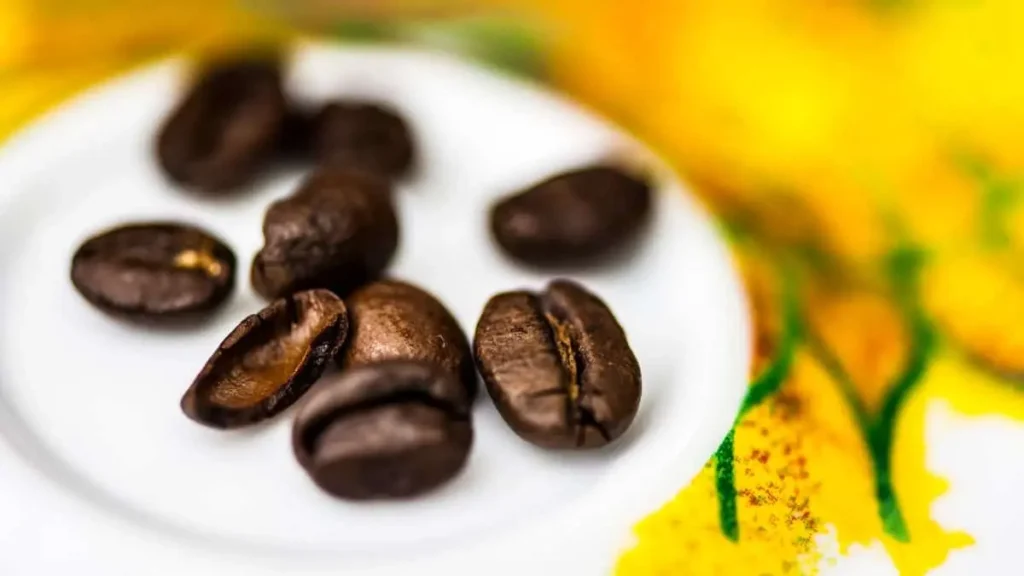
Opting for lower-quality coffee beans can significantly impact the flavor and aroma of your brew. Poor-quality beans often lack the rich, complex profile found in premium options, leading to a flat and unsatisfying taste. Often sourced from less reputable farms, these beans might not be processed correctly, resulting in an inconsistent grind.
This inconsistency can cause over-extraction or under-extraction during brewing, making it difficult to achieve a balanced cup of coffee. Investing in high-quality beans ensures a more enjoyable and flavorful experience, as the beans are usually harvested and processed with greater care.
Paying attention to the source and quality of your coffee beans can make a noticeable difference in your daily cup.
6. Using Stale Or Older Coffee Beans
Ignoring the importance of fresh coffee beans can lead to a less satisfying coffee experience. Stale or older beans lose their aromatic oils and flavors, resulting in a flat and uninspiring cup of coffee. Proper storage is crucial to maintain the beans’ freshness, as exposure to air, light, and moisture accelerates the degradation process.
Opting for freshly roasted beans and using them within a few weeks can dramatically improve the taste and aroma of your coffee. Always grind only the amount needed for immediate use to preserve the beans’ essential qualities. Taking these steps ensures a richer and more enjoyable brew every time.
7. Using Uneven Coffee Grounds
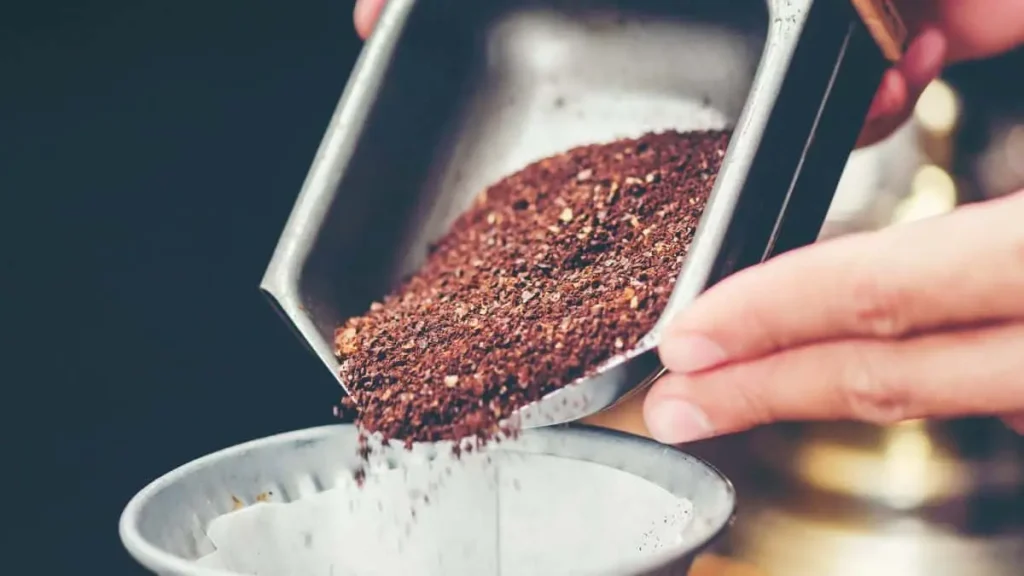
Achieving a consistent grind size is crucial for brewing the perfect cup of coffee. Many people overlook the importance of maintaining uniformity in their coffee grounds, leading to uneven extraction and a subpar taste. Variations in grind size can cause some particles to over-extract, resulting in a bitter flavor, while others under-extract, leaving a sour note.
Ensuring that your grinder produces even grounds helps in achieving a balanced and rich coffee profile. It’s worth taking the time to calibrate your grinder properly and invest in one that offers precise grinding capabilities. Consistency in grind size is key to unlocking the full potential of your coffee beans.
8. Grinding Too Many Or Too Few Coffee Beans
Many coffee enthusiasts underestimate the importance of grinding the correct amount of coffee beans. This common mistake can significantly impact the flavor and overall quality of your brew. Using too many beans often leads to a bitter and overpowering taste, while too few can result in a weak and unsatisfying cup.
Striking the right balance is crucial to achieving the perfect coffee experience. Consistently measuring the appropriate quantity of beans for your specific brewing method ensures that you extract the optimal flavors and aromas. Paying attention to the recommended bean-to-water ratio can make a noticeable difference in your daily coffee ritual.
9. Not Cleaning Or Maintaining Your Coffee Grinder

Neglecting to clean or maintain your coffee grinder can significantly impact the quality of your coffee. Over time, coffee grounds and oils build up inside the grinder, leading to stale and rancid flavors that can ruin your brew. Regular cleaning ensures that your grinder performs optimally, providing consistent grind sizes and better-tasting coffee.
To maintain your grinder, it’s essential to disassemble it periodically and remove any residual coffee particles. Using a small brush can help get into the nooks and crannies, while a gentle wipe with a damp cloth can take care of the exterior.
Keeping your grinder in top condition not only enhances the flavor of your coffee but also extends the lifespan of the machine.
10. Letting Static Electricity Build Up In Your Coffee Grinder
A common issue many encounter with coffee grinders is the buildup of static electricity, which can cause coffee grounds to scatter and cling to the grinder’s surfaces. This static is often generated due to the friction between the beans and the grinder’s burrs.
To minimize this problem, consider using a metallic or ceramic grinder instead of a plastic one, as these materials are less prone to static buildup. Ensuring the beans are fresh and not overly dry can also help reduce static.
Additionally, a quick wipe with a damp cloth before grinding can mitigate static electricity, making the process cleaner and more efficient.
Conclusion
Avoiding common coffee grinder mistakes can enhance your brewing experience. Proper cleaning, consistent grind size, and using fresh beans are key. Adjust your grinder settings for different brewing methods. With these tips, enjoy better-tasting coffee daily. Keep experimenting to perfect your grind and elevate your coffee game.

